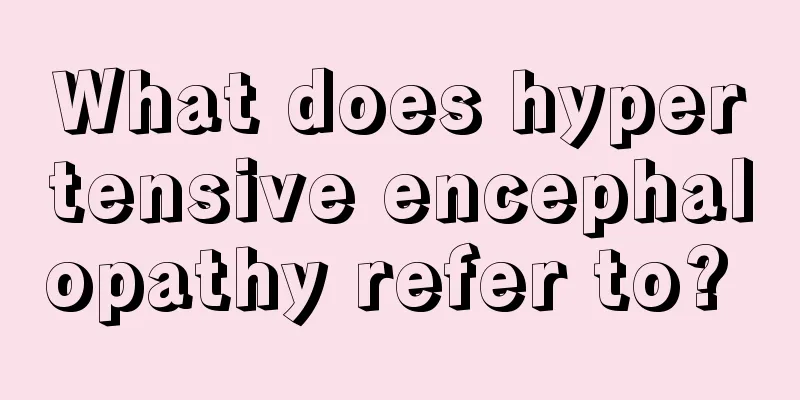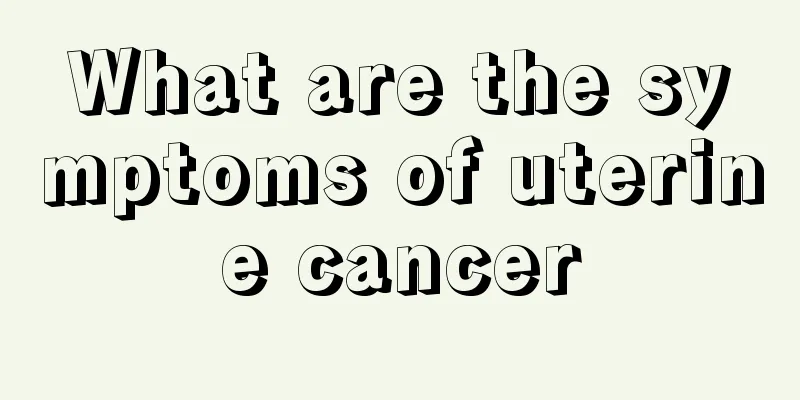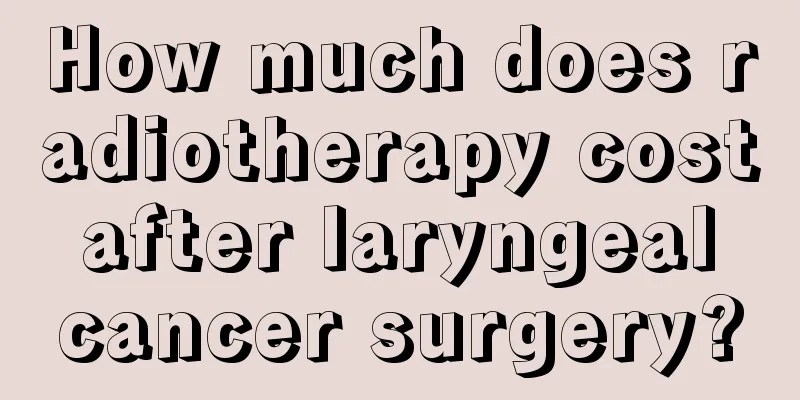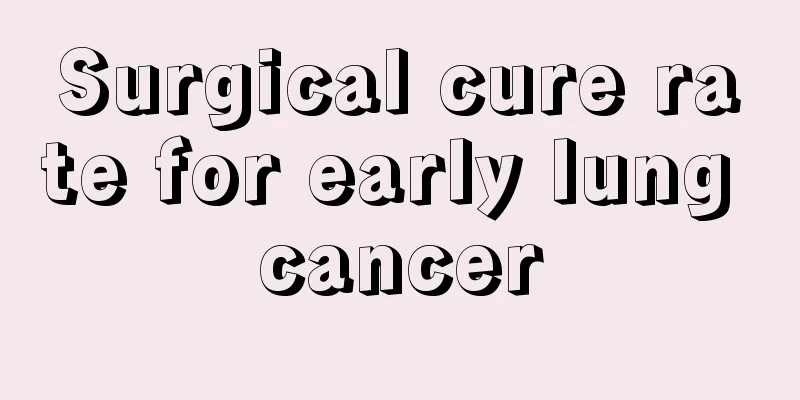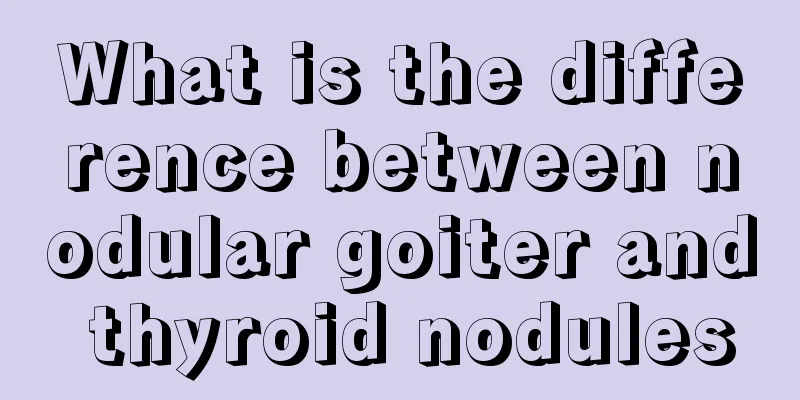What causes sudden testicular pain? Four reasons are more common

|
The testicle is a very important physiological organ for men. In daily life, men should pay attention to the protection of the testicles. If any abnormal symptoms of the testicles are found, such as pain, they must pay attention to find out the cause and deal with it in time. Otherwise, once there is a problem or disease with the testicles, it is possible to affect fertility. Sudden testicular pain may be caused by orchitis. Orchitis Orchitis is a common cause of testicular pain. There are many causes of orchitis. For example, patients with mumps may suffer from orchitis, testicular pain and swelling. Gonorrhea is the sexually transmitted disease with the highest incidence rate. In severe cases, it can cause orchitis, testicular pain and swelling. Chronic prostatitis can also cause testicular pain, which manifests as unilateral pain, mostly dull pain or pulling pain, which is continuous. A large number of white blood cells can be seen under microscopic examination of prostatic fluid. Most patients are young and middle-aged people, and it is rare in the elderly. Testicular torsion Testicular torsion is one of the common emergencies in the scrotum. It can occur in people from newborns to 70 years old, 65% of which occur in people aged 12-19 years. It is usually caused by strenuous activities a few hours before the onset of the disease, or external force on the testicles. Sudden severe testicular pain during sleep or quiet time is the first symptom of the disease and one of the main diagnostic bases. Some patients also have nausea and vomiting, scrotal swelling, and obvious tenderness. For patients who suspect or cannot rule out testicular torsion, early surgical exploration and reduction and fixation should be performed to save the testicles and protect spermatogenesis. It is generally believed that for testicular torsion treated within 6 hours, the testicular rescue rate can reach 80%, while for those treated after 24 hours, the rescue rate is only 20%. At this time, even if the testicle can be preserved, the function of the affected testicle is often damaged. Testicular injury The testicles are more mobile in the scrotum and are protected by a tough white membrane, so the chance of closed injury is smaller. Testicular injuries are mostly related to violence, car accidents, etc. After the injury, the testicles will be in severe pain, causing nausea, vomiting, and even fainting or shock. During physical examination, there will be swollen testicles, unclear contours or scrotal congestion, and obvious tenderness. B-ultrasound and CT not only help in the diagnosis of this disease, but also can clarify the location and extent of testicular injury. The treatment principles for testicular injury are first sedation, analgesia, and anti-shock. Secondly, the degree of testicular injury is determined based on physical examination, B-ultrasound or CT findings and the measured testosterone, LH, and FSH values, so that different treatment measures can be taken. Minor injuries can be treated conservatively, while severe injuries should be treated with surgical exploration within 24 hours. For those with low sex hormone levels secondary to testicular trauma, male hormone replacement therapy or allogeneic testicular transplantation can be used to maintain their masculine characteristics and improve their sexual function. Testicular ischemic pain Testicular ischemic pain is more common in the elderly. The pain is severe, aggravated by activity and relieved by rest. Microscopic examination of prostatic fluid is normal. It is often caused by testicular arteriosclerosis leading to arterial stenosis. Testicular artery atherosclerosis is often a local manifestation of systemic vascular disease, mostly unilateral lesions, more common on the left side than on the right side. The main criteria for diagnosis of this disease are: (1) age; (2) progressive worsening of unilateral testicular pain; and (3) color Doppler ultrasound showing insufficient blood supply to the affected testicle. There is no effective treatment method yet. Vasodilators, enteric-coated aspirin and calcium channel blockers can be used. For those with severe pain and who are unsuccessful with the above treatments, orchiectomy on the affected side may be considered. |
<<: Analysis of the causes of shrimp arsenic poisoning
>>: What are the characteristics of rotavirus enteritis
Recommend
What are the consequences of tongue cancer recurrence
In recent years, the incidence of some uncommon d...
What to do if a watermelon seed gets stuck in your throat
Watermelon seeds are a very popular food and a co...
Benefits of exercise therapy for lung cancer
What are the benefits of exercise therapy for lun...
What are the diagnostic criteria for hemophagocytic syndrome
Most people are not very clear about the disease ...
What are atypical squamous cells
Atypical squamous cells are a type of critical ce...
Symptoms of chronic gastroenteritis, these manifestations are the most common
The most common symptoms of chronic gastritis are...
Why do my inner thighs itch?
Many people have encountered the problem of itchi...
How to effectively treat vesicular tinea manuum
Vesicular tinea manuum is a type of tinea manuum....
Auxiliary chemoradiotherapy after esophageal cancer surgery is crucial
My father is 66 years old. He was diagnosed with ...
What is the reason for blisters under the tongue?
When blisters appear under the tongue, the body w...
What's the matter with the pain behind the ear
What causes pain behind the ear? The ears are the...
What are the early symptoms of Helicobacter pylori
Helicobacter pylori is a common bacterium. Many p...
Diet for patients with gallstones and pancreatitis
Gallstones and pancreatitis are both common clini...
Can nasopharyngeal cancer be transmitted to children?
Is nasopharyngeal cancer contagious to children? ...
How many dominant follicles are there
Before the egg is formed, it exists in the form o...
